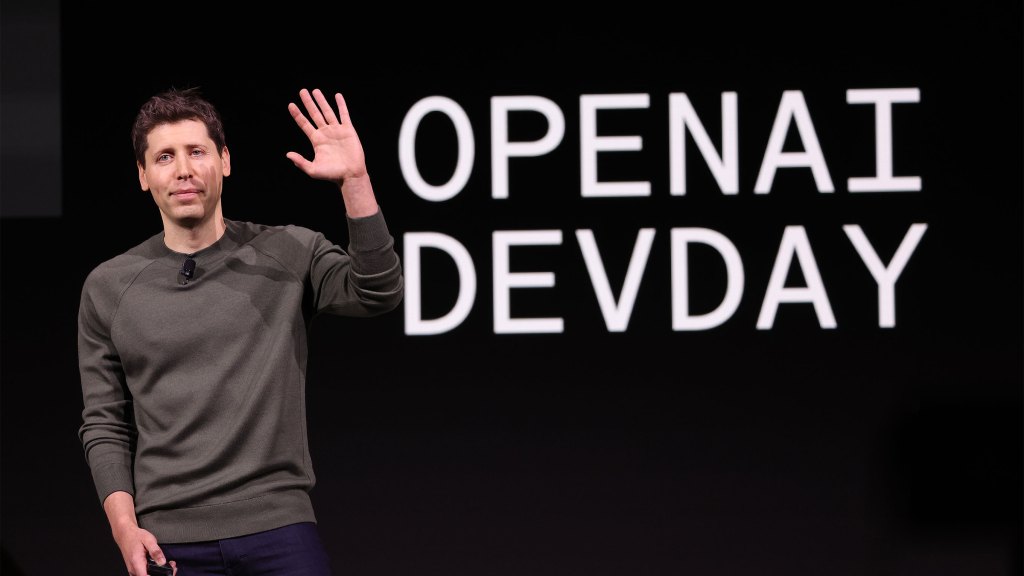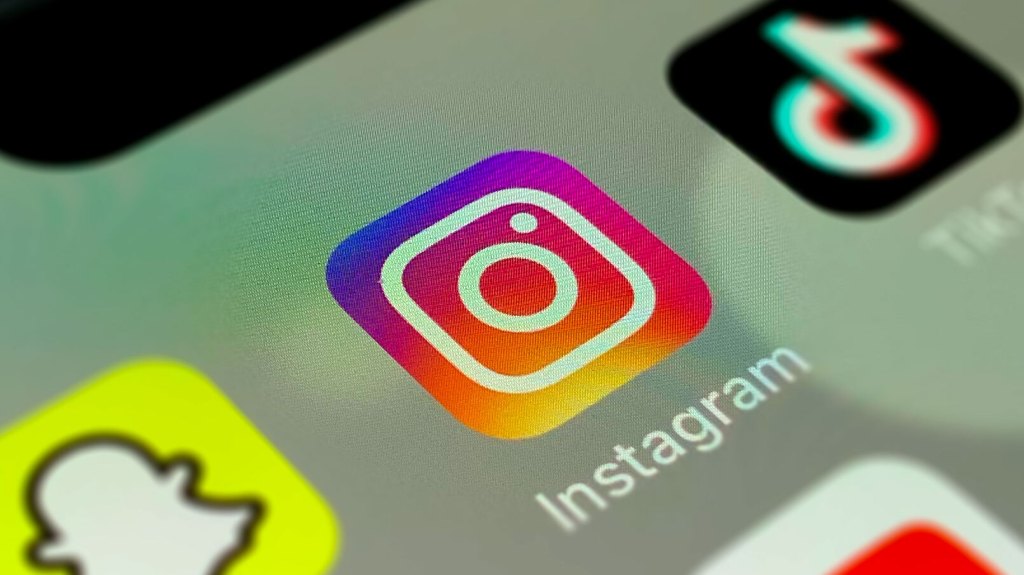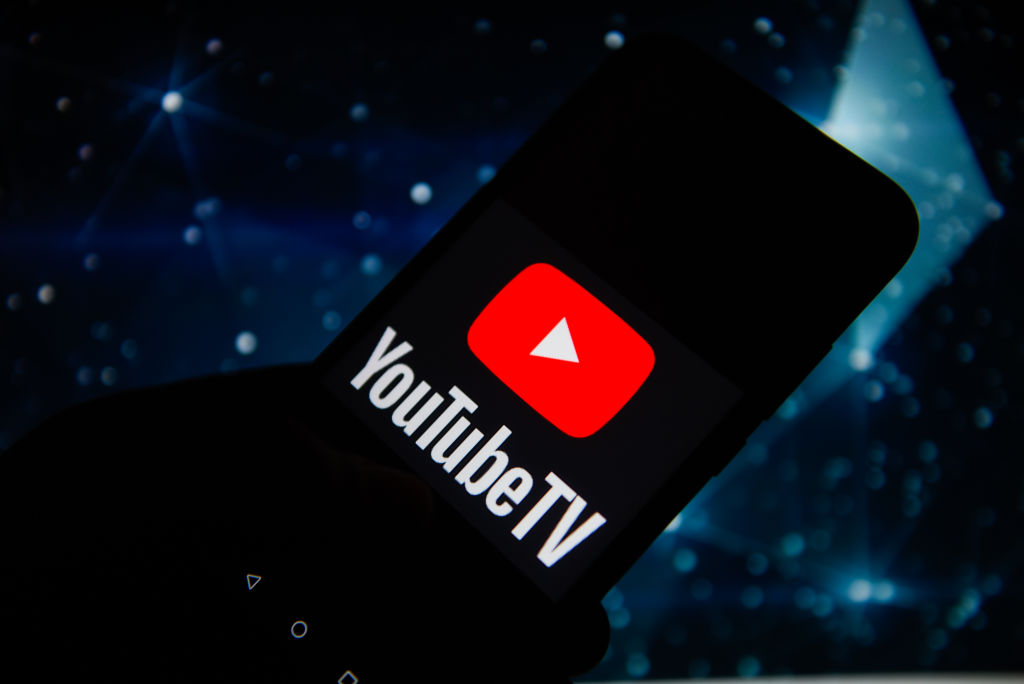Konrad Sanders
Which terms come to mind when you think about SaaS?
“Solutions,” “cutting-edge,” “scalable” and “innovative” are just a sample of the overused jargon lurking around every corner of the techverse, with SaaS marketers the world over seemingly singing from the same hymn book.
Sadly for them, new research has proven that such jargon-heavy copy — along with unclear features and benefits — is deterring customers and cutting down conversions. Around 57% of users want to see improvements in the clarity and navigation of websites, suggesting that techspeak and unnecessarily complex UX are turning customers away at the door, according to The SaaS Engine.
That’s not to say SaaS marketers aren’t trying: Seventy percent of those surveyed have been making big adjustments to their websites, and 33% have updated their content. So how and why are they missing the mark?
There are three common blunders that most SaaS marketers make time and again when it comes to clarity and high-converting content:
- Not differentiating from competitors.
- Not humanizing “tech talk.”
- Not tuning their messaging to prospects’ stage of awareness at the appropriate stage of the funnel.
We’re going to unpack what the research suggests and the steps you can take to avoid these common pitfalls.
Blending into the competition
It’s a jungle out there. But while camouflage might be key to surviving in the wild, in the crowded SaaS marketplace, it’s all about standing out. Let’s be honest: How many SaaS homepages have you visited that look the same? How many times have you read about “innovative tech-driven solutions that will revolutionize your workflow”?
The research has found that of those using SaaS at work, 76% are now on more platforms or using existing ones more intensively than last year. And as always, with increased demand comes a boom in competition, so it’s never been more important to stand out. Rather than imitating the same old phrases and copy your competitors are using, it’s time to reach your audience with originality, empathy and striking clarity.
But how do you do that?
Zig when the industry zags
They say there’s no bigger slave to fashion than someone determined to avoid it, and SaaS marketing is no different. To truly stand out, you need to do thorough competitor analysis. Track the strengths, weaknesses, UVP, brand personality and tone of voice of the major players in your market to pin down exactly what it is they’re doing and spot the gaps that no one else is exploiting. That will let you you find a distinctive, consistent voice across your content and UX.
Combine this with audience research to make sure you’re speaking in a way that resonates with your targets and addresses their primary concerns. About 47% of customers asked by The SaaS Engine emphasized how platforms help their output and self-organization during the working day, so the most successful messaging will reflect those benefits.
Demonstrate clearly how your software can make their working lives easier, and how it can help them in a way that no other can. Coupled with a distinctive tone of voice that only sounds like your brand, you’ll have a powerful and persuasive package ready for every prospect who lands on your doorstep.
Favoring techspeak over authenticity
SaaS is big business: The market is expected to more than double to $94.9 billion by 2022 from $44.4 billion in 2017, according to BCC Research. Uptake is undoubtedly growing rapidly, but that doesn’t mean your prospects know what SaaS means for them. As we’ve seen, it’s too easy to get stuck in a cycle of using the same terminology as others, and when we become familiar with techspeak ourselves, we tend to assume outsiders understand, too.
The SaaS Engine found that jargon-heavy copy and content was getting in customers’ way time and again. Ease of use was reported as the most important aspect of software for customers across the U.K., U.S. and Canadian markets, and marketers underestimated customer requests for ease-of-use improvements by 67%. That’s a significant disconnect between the work SaaS companies are doing and what their customers expect.
This also reflects a shift in the B2B marketing landscape. B2B marketing is no longer as different from its B2C counterpart as you might think. In the SaaS market, B2B selling is as much about customer experience as B2C selling is.
Those you’re selling to are often also the ones who will be using your software, and so powerfully communicating the benefits on offer must be at the heart of your messaging. SaaS products also still serve an emotional need: A platform that makes your customers’ day easier and their job simpler. Just as much emotion goes into deciding to buy a B2B product as a B2C one.
But the complexity of B2B buyer journeys, the number of stakeholders and the higher order values involved mean that these relationships need to go deeper than in B2C, which means customization is widespread in the market.
Cut the jargon
Elevating conversion rates requires clearly emphasizing the benefits your platform offers your prospects. Translate any jargon into straightforward language that anyone can understand, and don’t be afraid to tap into emotional messaging that empathizes with your audience and the struggles they face every day. Speak to them directly using “you” and try to engage them in an imagined conversation, using questions that get them nodding along.
Take advantage of the lessons of B2C marketing: Keep your paragraphs short and staggered, and ensure your headlines provide “instant clarity” and that your value proposition can be understood in six seconds. Break up your pages with subheads and bullet points, use eyebrow copy to accommodate skimming readers, and don’t let your page width stretch beyond 50-70 characters. Finally, direct them toward clear action and remove every friction barrier to securing a conversion.
Do everything you can to be immediately understood and you’ll have a much better chance of cutting through the noise and pushing clear and persuasive benefits in a way no prospect can resist.
Speaking to all prospects on the same terms
A fully functioning marketing funnel is specific, not generalized, and treats prospects very differently depending on where they are within it. Too many SaaS marketers use a catch-all approach, speaking to every prospect with the same language regardless of which stage of awareness they are at. But you can’t sell to someone who doesn’t know they have a problem yet, and you need to treat a landing page differently from a white paper or a TOFU blog post.
The SaaS Engine’s respondents reported that 38% of their business growth has come from upselling to existing customers, so you also can’t afford to ignore customers who have already converted. Indeed, the flexibility of a subscription pricing model means it’s important to keep adding value and offering high-quality customer support to those who are already using your platform.
Be specific and targeted
Customization is key for B2B SaaS, as businesses look for services that can work flexibly around their needs and growth. It’s the same for prospects, and you should aim to take them on nurturing, value-driven journeys that warm them up to the point of converting.
At the top of your funnel, offer value-packed content that addresses their needs to prospects who are potentially completely unaware of the problem or solution. This is not the time to make a sale, but instead to gently provide value and introduce them to the wider problem that your platform addresses.
In the middle funnel, continue to focus on value, solving further needs and nudging them toward your service, such as with gated content assets and drip email campaigns. Target search keywords that show they’re now solution-aware and considering a purchase, and use advanced re-marketing to serve a different ad to match this new stage.
Finally, at the bottom of the funnel, it’s time to demonstrate how your service can solve their problem. Focus your ad strategy on purchase-specific keywords, and clearly outline the benefits of your particular service in comparison to your competitors, backed up by social proof. You can even capture “voice of customer” data and speak to them in their very own words to be sure you’ll resonate with their needs.
By creating content for every stage of the funnel, you’ll address your prospects’ concerns at the appropriate point in the buyer journey and increase the chances that when they do come to make a purchase, it’s with you.
There’s no doubt SaaS is a fast-moving sector, so it’s important to stay on top of your messaging and the changes your competitors are making. Perform regular A/B testing along with your market and competitor research, and don’t rush to replace all your content at once: Make your changes slowly so you can accurately track the most successful tweaks.
And remember, just because your competitors are doing it doesn’t mean it’s a good idea.































Comment